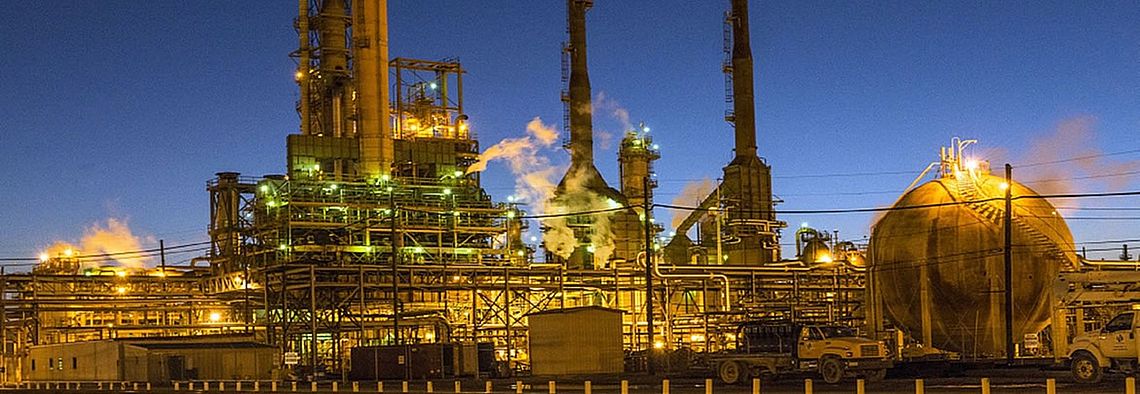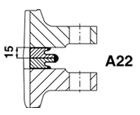
Your contact for welding gaskets
Welded sealing joints with know-how
Welding gaskets
We recommend welding gaskets for use in any place where a welded seal is necessary, due either to the danger of the medium or the danger presented by a loss of functionality, but where the connection also needs to be detachable to a certain degree. These gaskets are therefore described as being semi-detachable, as the welded sealing joint needs to be undone as well as the flange bolts. Welding gaskets are generally made of the same or a related material as the pipe or flange and are only used in pairs.
The choice between the various profiles depends on the operating conditions of the welding gasket. The table shows the typical features of Profiles A21 to A25. The “attachment seam” is the connection of a welded half with the flange. The “attachment seam” can be located internally or externally. The “seal seam” is always the welding of both weld rings with one another.
| Profile | Internal “attachment seam” Crevice corrosion between weld ring and flange is avoided | External “attachment seam” Re-welding or disassembly possible | Capacity of radial differential expansion | Undo and re-weld |
|---|---|---|---|---|
 | Usual | Not possible | Depending on the thickness of the wall of the torus, to a max. ∆ r ~ 5 mm | Easy to separate with a 2 mm cutting wheel. Can be re-welded 2 to 4 times |
 | Possible to have additional attachment. Intermittently welded | Usual | Depending on the thickness of the wall of the torus, to a max. ∆ r ~ 5 mm | Easy to separate with a 2 mm cutting wheel. Can be re-welded 2 to 4 times |
 | Only as an additional attachment. Intermittently welded if there is a danger | Usual setup – Only as an additional attachment aid. Intermittently welded of corrosion | Only low capacity due to the small lip. max. ∆ r ~ 0,5 mm | Difficult to separate. Can be re-welded 1 to 3 times |
 | Only as an additional attachment. Intermittently welded if there is a danger | Usual setup – Only as an additional attachment aid. Intermittently welded of corrosion | Not really possible. max.. ∆ r ~ 0,1 mm | With cutting wheel Separation loss 2 to 3 mm respectively. Can be re-welded of corrosion 3 to 5 times |
 | Usual | Not possible Flange form M in accordance with DIN 2526 also | Modest capacity Depending on projection max.. ∆ r ~ 0,3 mm | With cutting wheel Separation loss 2 to 3 mm respectively. Can be necessary re-welded 2 to 4 times |